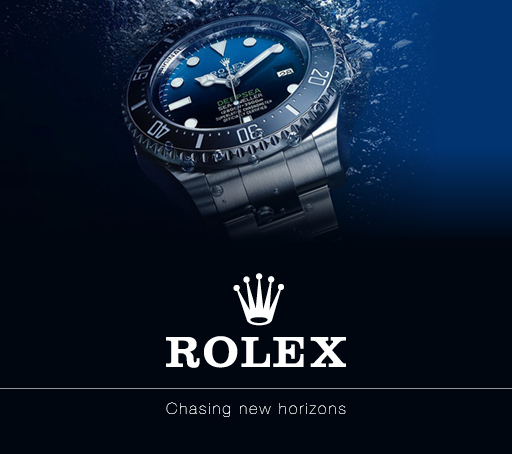The editing of a family photograph by the Princess of Wales has prompted discussions on digital media authenticity, overshadowing her intentions and renewing debates over the Royal Family’s public representation amid Meghan Markle’s comments on online bullying.
The Princess of Wales, Catherine, found herself in the spotlight after an editing misstep involving a family photograph prompted her to issue an apology. The photo, intended for Mother’s Day and taken by Prince William at Windsor, faced scrutiny and subsequent withdrawal by international agencies due to apparent image manipulation concerns. Catherine’s editing of the image, meant to convey a reassuring message post-surgery, drew speculation and overshadowed her intentions with controversy regarding digital media authenticity within the royal family’s public representation.
Simultaneously, Meghan Markle, the Duchess of Sussex, shared her experiences with online bullying during a speech at the South by Southwest festival in Texas, highlighting the toxicity she faced while part of the Royal Family. Meghan’s candid discussion about the impact of online vitriol on her mental well-being has reignited conversations on the need for a more respectful digital environment, especially concerning public figures.
The controversy surrounding the edited photograph was further complicated by differing opinions within the media and the royal circle. Gary Goldsmith, uncle to Princess Kate, defended the authenticity of the family’s emotion in the photo during his Good Morning Britain appearance, despite not having close contact with the family in recent times. However, public figures like Jeremy Vine suggested that the uproar could be part of a larger issue between the Royal Family and picture agencies, proposing that it was an attempt to discredit the royals for choosing to capture and share their moments independently.
Kensington Palace’s decision to not release the original, unedited photo has been met with mixed reactions, raising discussions about transparency, trust, and the pressure faced by the Royal Family in maintaining their public image amidst the capabilities and challenges of digital manipulation. The episode, described as “Kategate” and “Sleevegate,” undermines efforts to present an authentic and relatable family image, highlighting the complex interplay between public figures, their personal representation, and the expectations of authenticity in the digital age.













